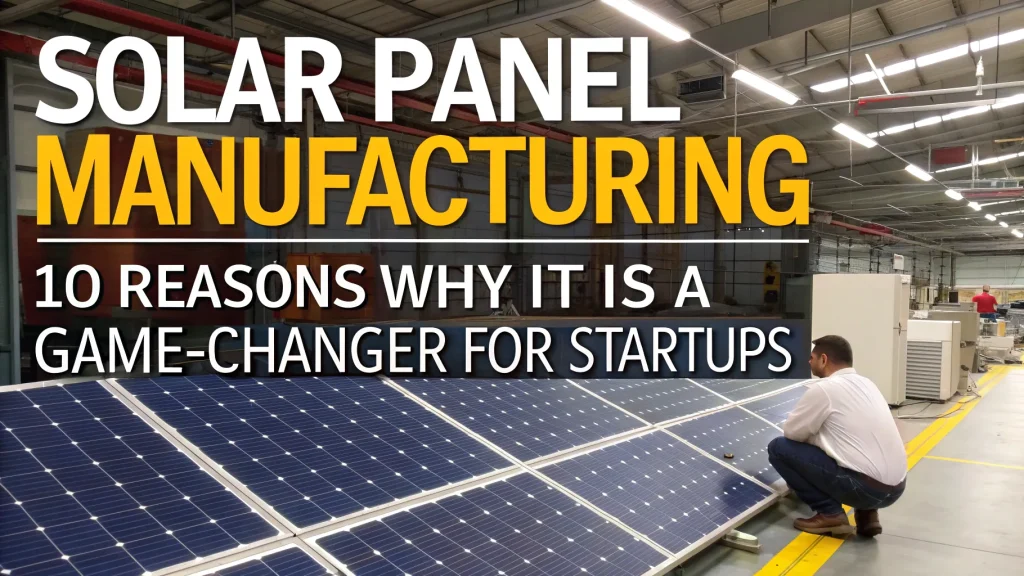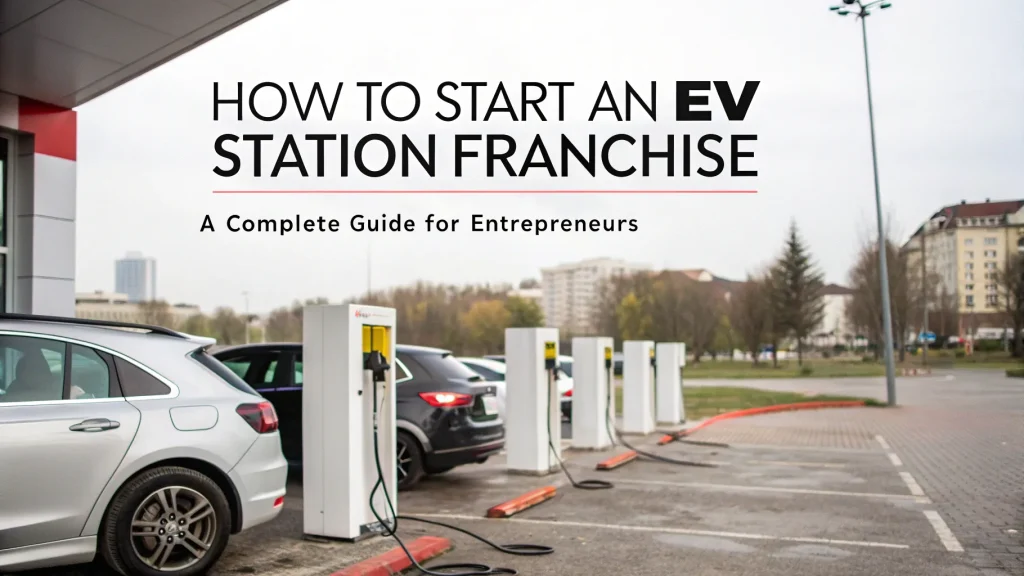The construction industry in India stands at a pivotal juncture, poised for accelerated expansion and unprecedented transformation. As we move through 2025, the sector is expected to continue its upward trajectory, fueled by ambitious infrastructure projects, strong governmental support, and increasing private sector participation. With urbanization, digital innovation, and sustainable development guiding its path, India’s construction ecosystem offers a wealth of growth and investment opportunities.
Economic Impact of the Indian Construction Industry
The construction industry in India is the second-largest employment generator after agriculture, contributing over 9% to the nation’s GDP. With an estimated market size of USD 639 billion by 2025, the sector plays a pivotal role in shaping the physical and economic landscape of the country.
-
Employment Generation: The industry employs over 60 million people and is expected to generate 20 million new jobs by 2025.
-
Urban Infrastructure Expansion: Cities like Delhi, Mumbai, Hyderabad, and Bengaluru are undergoing rapid infrastructural transformations, ranging from metro expansions to smart city developments.
-
Boost from Government Initiatives: Flagship programs such as PM Gati Shakti, Smart Cities Mission, and the National Infrastructure Pipeline (NIP) are infusing billions into infrastructure development, propelling the sector forward.
Key Growth Drivers in 2025
Government Infrastructure Investments
The Indian government has committed over INR 111 lakh crore (USD 1.5 trillion) under the National Infrastructure Pipeline to be invested by 2025. This investment spans roads, railways, airports, ports, water infrastructure, and energy, creating a substantial demand surge across construction segments.
Smart Cities & Urban Planning
With more than 100 smart cities under development, India’s focus on creating technologically advanced, sustainable urban spaces is a game-changer for the construction industry in India. These cities are being designed to integrate cutting-edge digital infrastructure, efficient transportation systems, and green buildings, resulting in a surge of demand for skilled labor, innovative materials, and advanced construction technologies.
Affordable Housing & PMAY
The Pradhan Mantri Awas Yojana (PMAY) aims to construct over 20 million affordable homes by 2025. This ambitious goal supports mass housing development across tier-2 and tier-3 cities, offering lucrative opportunities for builders, developers, and material suppliers.
Rural Infrastructure Development
Beyond urban areas, the construction industry in India is also witnessing significant growth in rural sectors. Programs like the PMGSY (Pradhan Mantri Gram Sadak Yojana) are improving rural road connectivity, while irrigation, sanitation, and electrification projects are further stimulating demand.
Emerging Trends in the Indian Construction Sector
Green Construction & Sustainability
Sustainability has emerged as a crucial pillar for the future. Green construction practices are gaining momentum, with builders increasingly opting for:
-
Eco-friendly materials
-
Energy-efficient designs
-
LEED and GRIHA certifications
India is targeting a 30-35% reduction in emissions by 2030, and the construction industry in India plays a central role in achieving this through sustainable building practices.
Technology Integration
Digital transformation is reshaping traditional construction. The integration of Building Information Modeling (BIM), AI-powered project management, 3D printing, and IoT-enabled machinery is enhancing efficiency, safety, and productivity across project lifecycles.
Prefabrication and Modular Construction
Prefabricated building components are reducing construction time and labor costs while improving quality. As urban housing demand rises, prefabrication will grow significantly across both residential and commercial sectors in India.
Challenges Faced by the Construction Industry in India
Despite strong growth prospects, several challenges persist:
-
Regulatory Hurdles: Lengthy approval processes and land acquisition bottlenecks delay projects.
-
Skilled Labor Shortage: Although labor is abundant, there is a shortage of skilled workers trained in modern construction techniques.
-
Rising Input Costs: Volatility in prices of raw materials like steel, cement, and petroleum can impact profitability.
-
Delays in Financing: Access to timely financing remains a critical challenge, especially for small and mid-size contractors.
Investment Opportunities and FDI Inflows
India permits 100% FDI in construction development projects under the automatic route. With liberalized norms and a stable economic environment, global investors are eyeing:
- Commercial real estate
- Urban infrastructure
- High-speed rail projects
- Renewable energy infrastructure
In 2024 alone, FDI in construction development surged by over 18%, reaffirming global investor confidence in the construction industry in India.
Regional Development Hotspots
Western Region: Maharashtra and Gujarat
These states lead in industrial corridor development, port connectivity, and logistics infrastructure. Projects such as the Mumbai-Ahmedabad High-Speed Rail and Delhi-Mumbai Industrial Corridor are major growth drivers.
Southern Region: Tamil Nadu, Karnataka, Telangana
With major IT hubs and startup ecosystems, these states are experiencing an unprecedented boom in commercial real estate and metro rail networks.
Northern Region: Delhi NCR and Uttar Pradesh
The upcoming Noida International Airport, along with multiple expressways, is transforming this region into a massive construction hub.
Future Outlook of the Construction Industry in India
By 2025, India aims to become a $5 trillion economy, with infrastructure being the cornerstone of this growth. The construction sector is expected to:
- Witness a CAGR of over 7% through 2025.
- Generate immense employment across allied industries like steel, cement, equipment manufacturing, and real estate.
- Become one of the top 3 construction markets globally.
Conclusion: Tapping into India’s Construction Potential
The future of the construction industry in India is not just about cement, steel, and labor—it is about creating smart, resilient, and inclusive communities. Robust policy support, rising urbanization, and technological breakthroughs are redefining India’s development story.
Businesses, investors, and stakeholders who align their strategies with sustainability, innovation, and regional growth trends stand to benefit immensely. As we move deeper into 2025, now is the time to seize the vast and varied opportunities offered by India’s construction revolution.
Visit the page Select and Choose the Right Business Startup for You for sorting out the questions arising in your mind before starting any business and know which start-up you can plan.
We, at NPCS, endeavor to make business selection a simple and convenient step for any entrepreneur/startup. Our expert team, by capitalizing on its dexterity and decade’s long experience in the field, has created a list of profitable ventures for entrepreneurs who wish to diversify or venture. The list so mentioned is updated regularly to give you a regular dose of new emerging opportunities.





